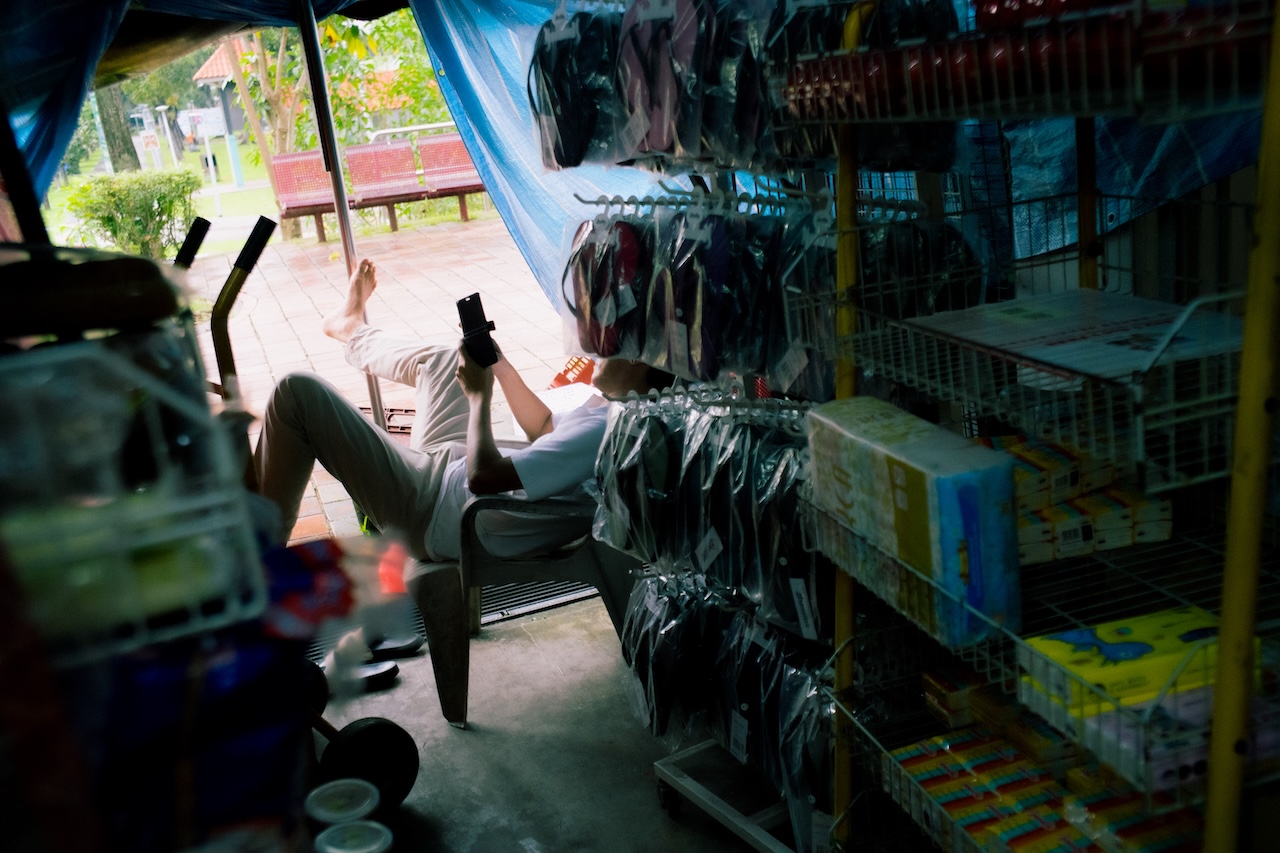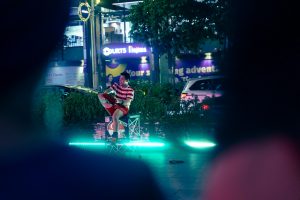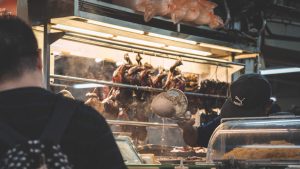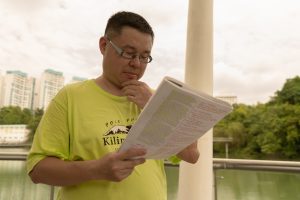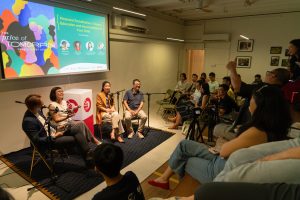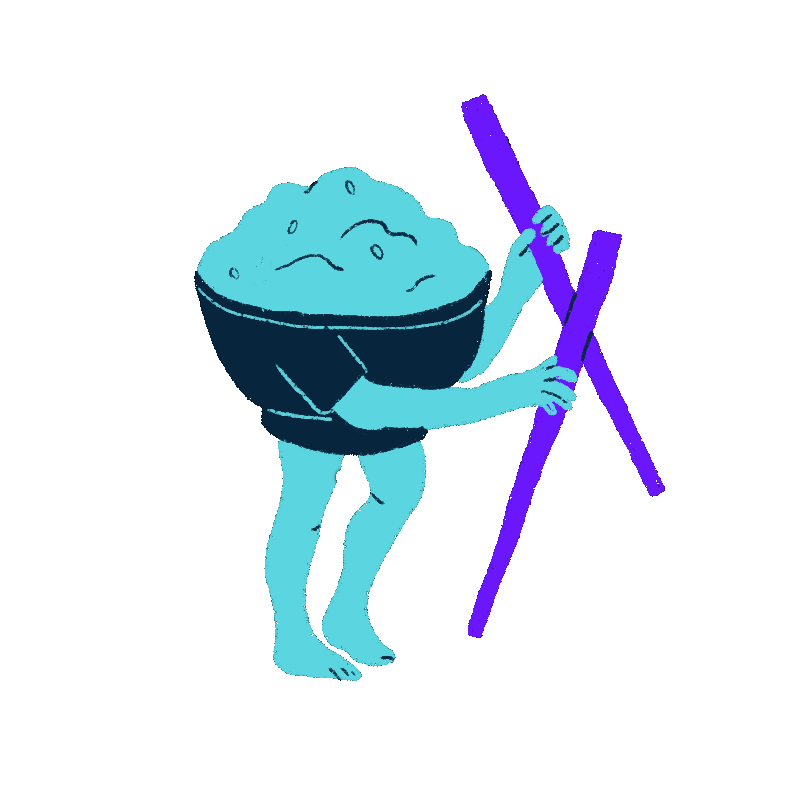Yeo Ker Siang is a DesignSingapore Associate in the DesignSingapore Council and a part-time lecturer at Nanyang Technological University.
In this op-ed for RICE, he reflects on how growing up with Ten Year Series templates didn’t just prepare us for exams and efficiency; it quietly trained Singaporeans to thrive in the age of generative AI.
Top image: Isaiah Chua / RICE file photo
A friend sent me a ChatGPT chat link the other day—not to answer my question, but to show me how he’d researched a topic we were discussing.
Instead of reading articles, talking to experts, or thinking through the problem himself, he’d asked ChatGPT and shared the response. I couldn’t help but give myself a wry smile. Why pretend to think when you could just prompt?
These days, the creative industries are having their existential moment. Artists side-eye Midjourney. Writers debate ChatGPT. Designers protect their double diamond process. But watching my friend outsource his thinking so nonchalantly, I realised we might be worried about the wrong thing.
The threat isn’t that AI will replace human creativity. It’s just exposing how little of it we ever had.
My friend’s cheerful task delegation felt familiar because Singaporeans have long excelled at this kind of optimisation. We don’t use AI to augment, we use it to outsource, like we tend to always do.
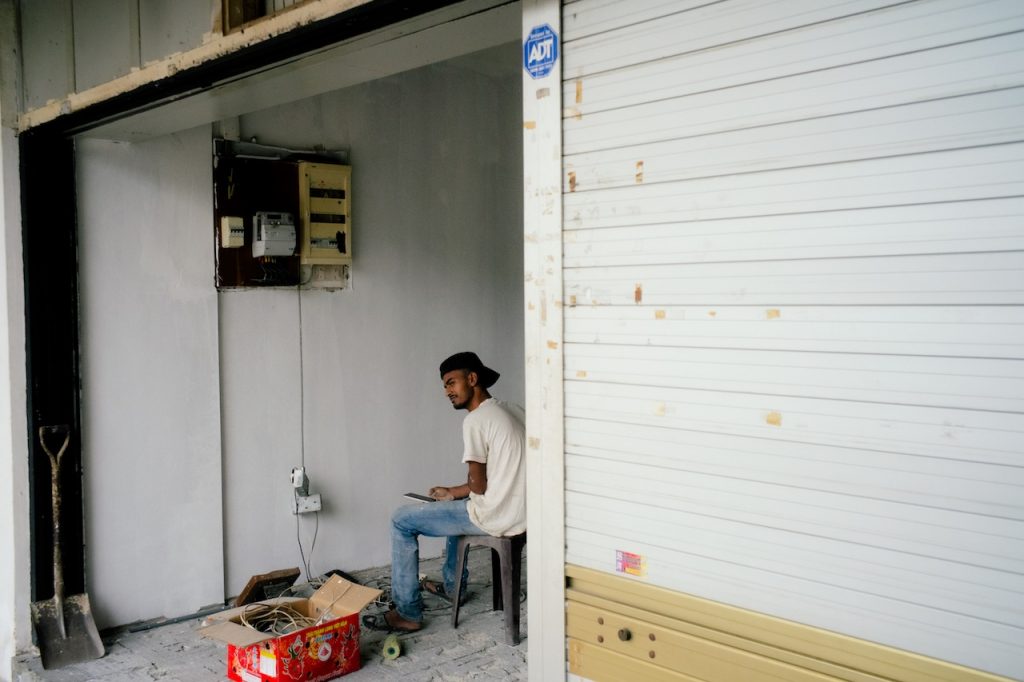
The Art of Correctness
It wasn’t far from how I’d been asked to approach trend research in a typical design job—open Pinterest, search ‘modern living room’ or ‘minimalist interior,’ and start saving.
An hour in, I realised I was collecting variations of the same image. The monstera might’ve moved, the lighting changed, but the beige sofa and wooden table stayed exactly where they always were. It was Japandi, again and again.
I wasn’t innovating trends—I was participating in a highly aestheticised loop. Each iteration slightly smoother, slightly emptier. It wasn’t research; it was rehearsal.
Just like solving problems using the Ten Year Series, I wasn’t learning. I was reverse-engineering what was already proven.
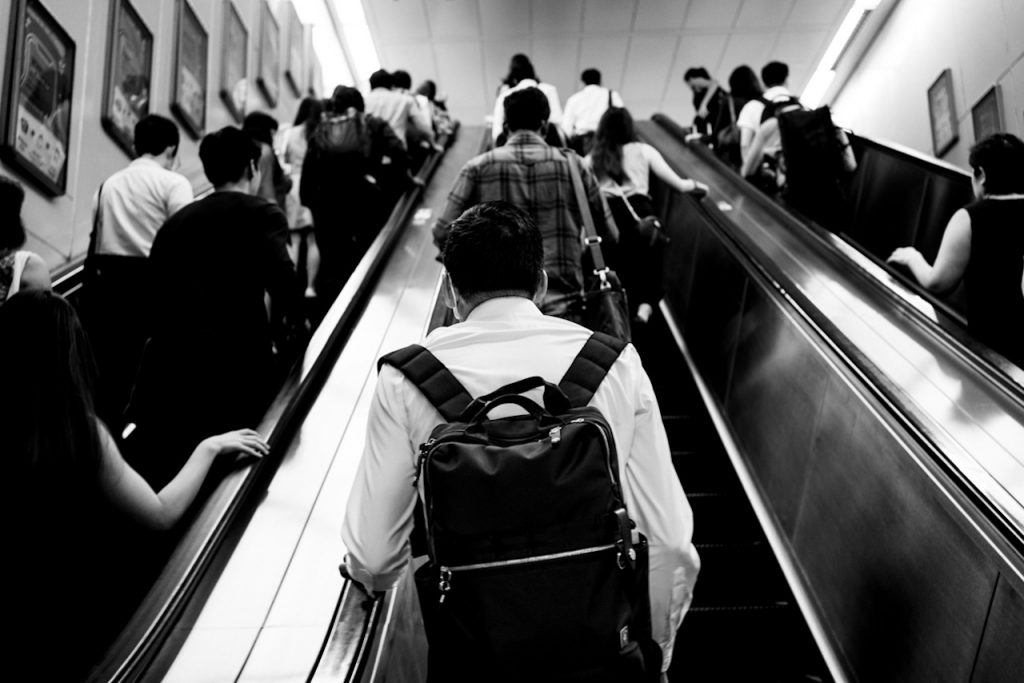
But this way of thinking isn’t new at all. It’s simply how Singapore operates. We don’t tend to make the first move. We wait, optimise, and scale what’s already proven and established. Innovation is tolerated only if it’s predictable. Certainty is the real currency.
This isn’t just policy, it’s embedded in our very upbringing. Every Singaporean knows the Ten Year Series: past exam papers with answer keys. Learning wasn’t about self-discovery first; it was rote pattern-matching.
We were training ourselves to be organic algorithms that avoid genuine uncertainty. Know every possible question, memorise every correct answer.
From a young age, we were taught to perform correctness. Tuition centres drilled us in exam strategy. Art enrichment schools built portfolios that guaranteed admission, not expression. In this, even rebellion could be systematised. Packaged into a portfolio, scored on a rubric.
We eventually perfected the art of correctness, practising it relentlessly until originality felt risky rather than exciting.
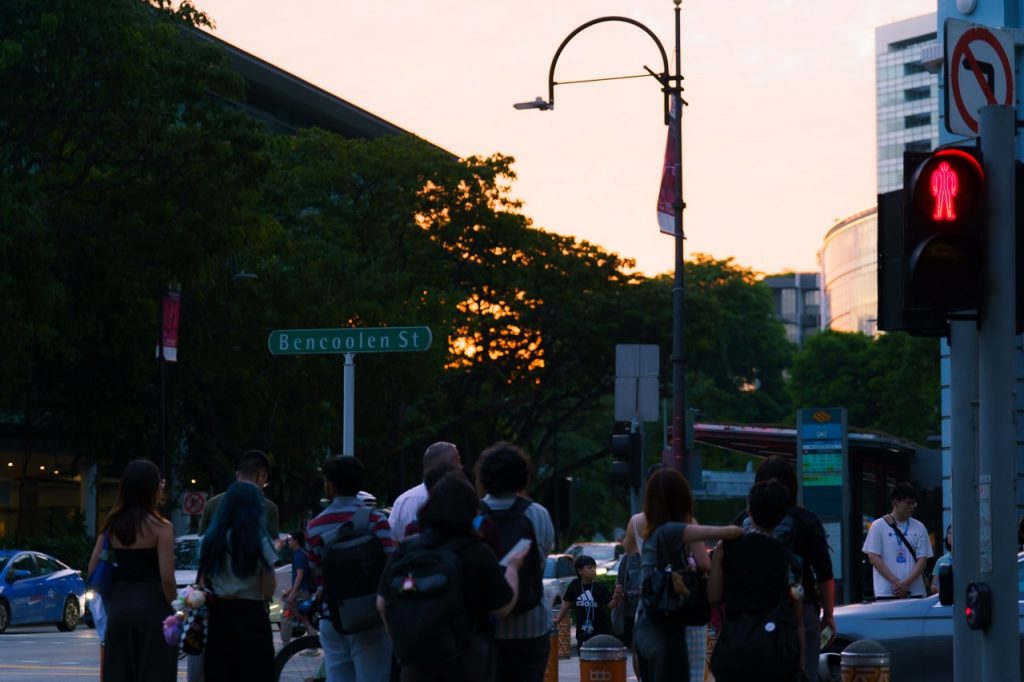
An Anti-Disruption Culture
That’s why AI doesn’t feel disruptive to us—it feels familiar. It offers the illusion of progress and productivity without the terror of the unknown.
While others might question or resist constraints, we find them comforting. We’ve been regurgitation machines long before ChatGPT made it obvious.
We’re not even trying to hide that we’re all using the same templates on LinkedIn. “Thrilled to announce…” “Humbled to share…” “Key learnings from my journey…” “So much to unpack…”
You see this in our visual culture, too. Step into any café in Singapore and you’ll find the same elements: Edison bulbs over reclaimed wood, exposed brick, succulents in concrete planters. This is a style that has been optimised through thousands of Instagram posts and Pinterest boards.
Fashion works the same way. Walk into Uniqlo and you’ll see Singaporeans buying the same effortless chic uniform. Every CBD warrior owns the same capsule wardrobe they learned about from the same YouTube video.
Local brands and online stores cycle through trends predictably with effectiveness: midi dresses, soft blazers, neutral palettes. Looks are curated to look uncurated.
The result is what I’d call aesthetic anaesthetisation: same same but different font. A textbook that is our Ten Year Series: Culture Edition.
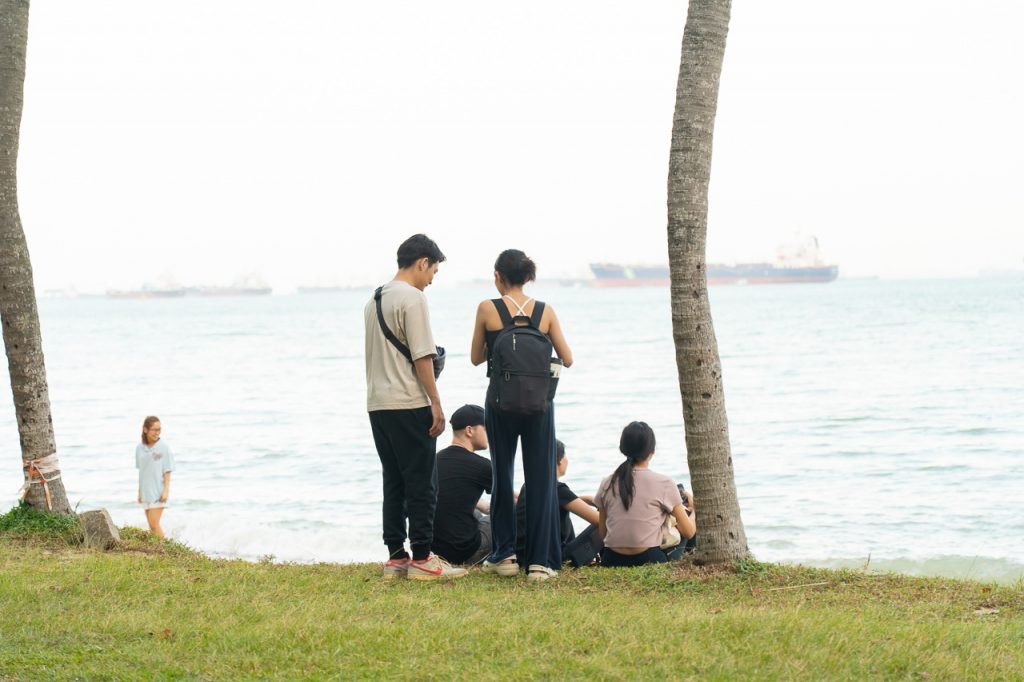
Singapore lives and dies by focus groups. Every campaign, every policy, every public artwork is tested and retested, approved through layers until it offends no one and inspires no one either. We’ve perfected the art of creating things that everyone can live with but no one loves.
AI works the same way. Trained on millions of examples to produce the statistical average of what people expect.
Between Optimisation and Imagination
This is why Singapore is uniquely positioned for the AI age. Not because we’re leading in innovation, but because we’re already fluent in its logic.
We’ve trained ourselves to think in templates, act within parameters, and smoothen output until it feels vaguely original but deeply familiar. Our rote Ten Year Series culture prepared us perfectly for this.
Gen AI tools don’t create in the way we understand human creativity—they generate what looks correct based on patterns in their training data. But then again, so do we.
For a long time, we’ve confused optimisation with imagination. We thought making things smoother, faster, and more effective was the same as making something new.
But here’s the difference. Optimisation works within existing patterns; creativity creates new ones. What we’ve really been doing is optimising. Smoothing. Repeating. AI didn’t break creativity. It just automated our forte.
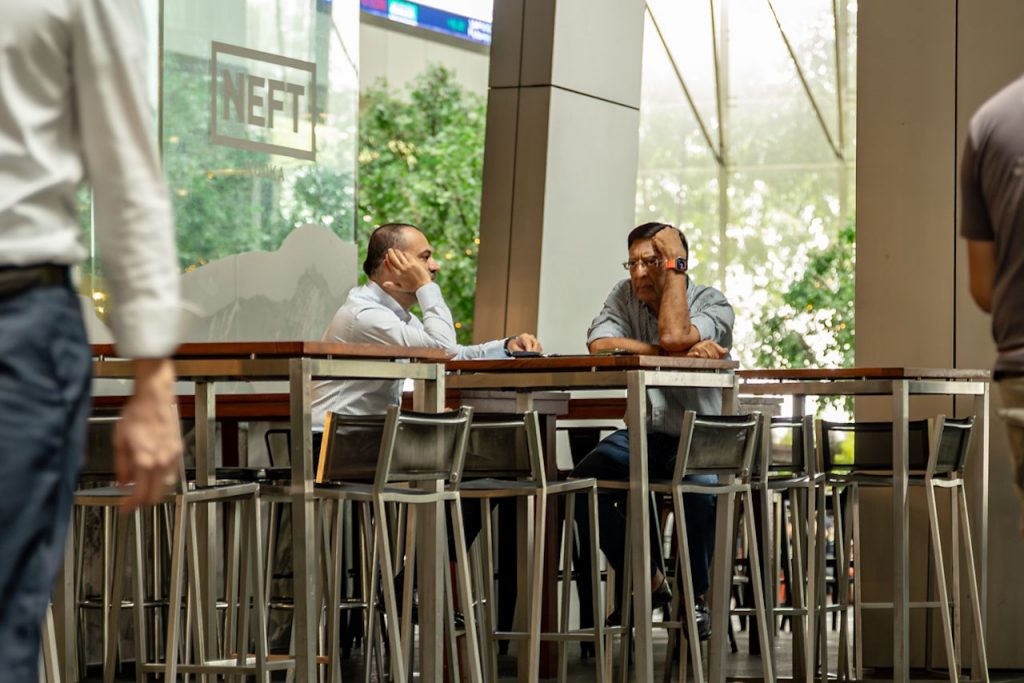
Most professional creativity was already following algorithmic logic. Designers spot patterns, optimise for metrics, and reproduce success in calibrated variations. Content creators use engagement formulas that promise virality. Marketing teams A/B test campaigns until they find the winning combination.
This explains why the panic around AI feels so misdirected. Everyone’s rushing to defend ‘human creativity’, but what are we really preserving?
The machine didn’t kill creativity. It just held up a mirror to our Ten Year Series mindset.
The Template Culture
We’ve become so good at The Template that we’ve forgotten what new patterns of experience can look and feel like. Every project needs a deck. Every approach needs a framework. Every hobby needs to scale. Every interest needs an Instagram page.
The real experience that is messy, uncertain, and unmeasurable never arrives. We’ve anaesthetised ourselves with formulae, metrics, and genericity.
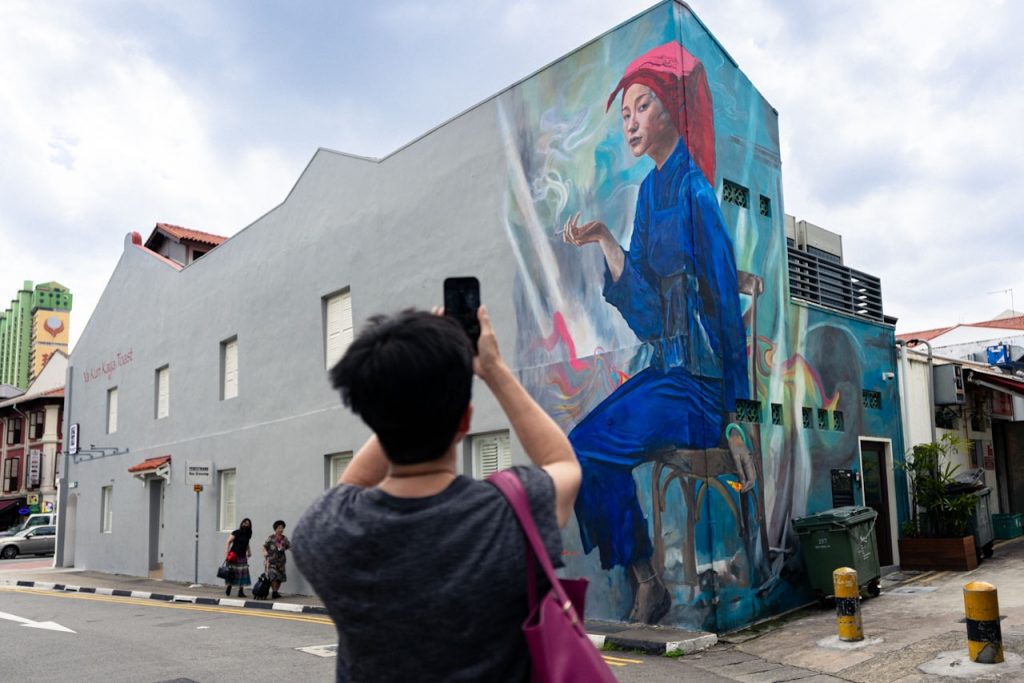
To be creative is to understand what has come before, break it down, and then reconstruct new patterns. It’s accepting uncertainty as the price of discovering something genuinely new.
This means embracing inefficiency as a creative resource. When utilitarian value isn’t the main driver of consumption and when we allow for irrational approaches that don’t optimise for any predetermined outcome, we create space for genuine discovery.
The most meaningful design often emerges from wrestling with constraints that don’t make logical sense, such as designing for contemplation instead of conversion, subtracting rather than adding features, or creating experiences that slow people down instead of speeding them up.
This means accepting that beautiful things might not test well. They might not get featured in design blogs or generate social media engagement. They might challenge rather than comfort, provoke rather than soothe.
So the real question isn’t whether AI will replace human creativity. It’s whether we want creativity back. It’s whether we’re willing to do the uncomfortable, inefficient work of earning it.
That option was always there. We just chose the template instead.
AI doesn’t even have to replace us because we have always been doing it ourselves. And if we are being honest, most Singaporeans are perfectly fine with that choice.
Of course, if that makes you uncomfortable, there’s always Ctrl+W.

